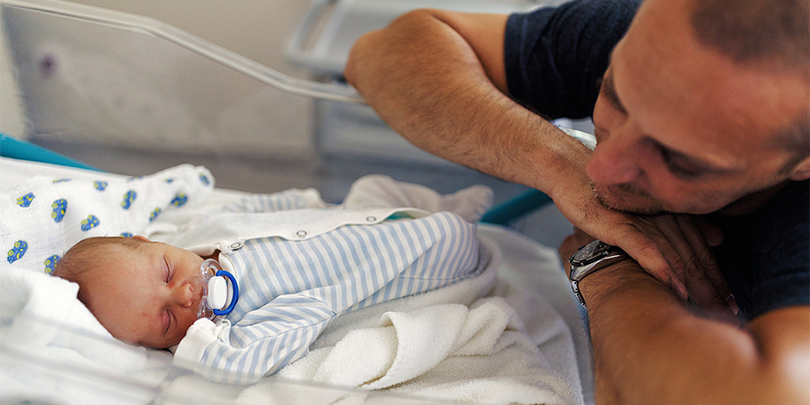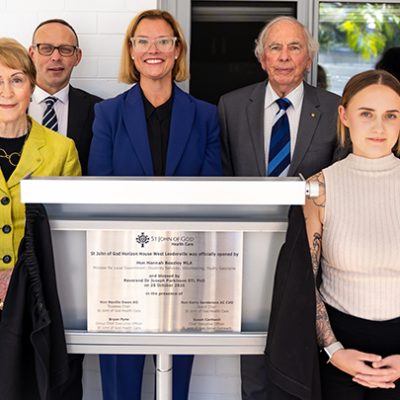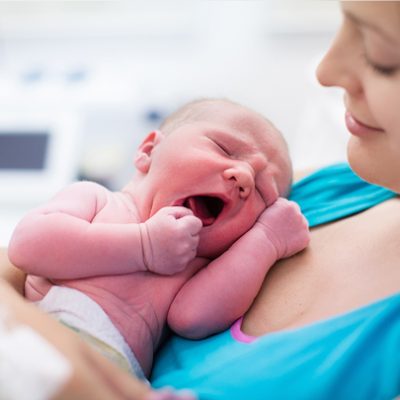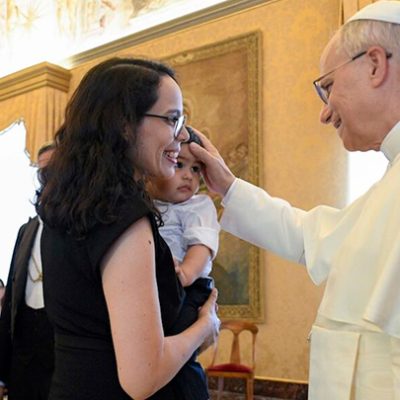
Sydney is leading the nation’s baby drought as cost-of-living pressure and out-of-reach house prices dampen the desire of young couples to start or expand their families. Source: The Australian.
Not since the stagflation-hit 1970s has Australia experienced as sharp a drop in fertility as it has in recent years, an analysis by KPMG Australia reveals.
Birthrates in Melbourne and Perth are also plummeting, with only Tasmania and Canberra bucking the trend.
And the post-Covid trend of young people moving to the regions to start a family appears to have stalled, the crunching of Australian Bureau of Statistics data finds.
Since the post-Covid lockdown baby spike in 2021 – when 315,200 babies were born – the national birthrate has nosedived, with 289,100 babies born last calendar year, the lowest annual number since 2006.
KPMG urban economist Terry Rawnsley said the blame for the “baby recession” fell fairly and squarely on cost-of-living worries and housing affordability.
And policies attempting to bolster the national birthrate, such as more flexible parental leave arrangements and childcare subsidies, have not changed the trajectory, he said.
“We haven’t seen such a sharp drop in births in Australia since the period of economic stagflation in the 1970s, which coincided with the initial widespread adoption of the contraceptive pill,” Mr Rawnsley said.
He noted Covid had played a significant role in the volatility of Australia’s recent birthrate, which has been on a broader long-term downward trend from 2.0 babies per woman in 2008 to 1.6 in 2023.
“With the current rise in living expenses applying pressure on household finances, many Australians have decided to delay starting or expanding their families,” Mr Rawnsley said.
FULL STORY
Cost-of-living pressure cools fire in bedroom (By Stephen Lunn, The Australian )
RELATED COVERAGE
Australia’s baby recession: The suburbs with the lowest and highest birth rates (SBS News)






